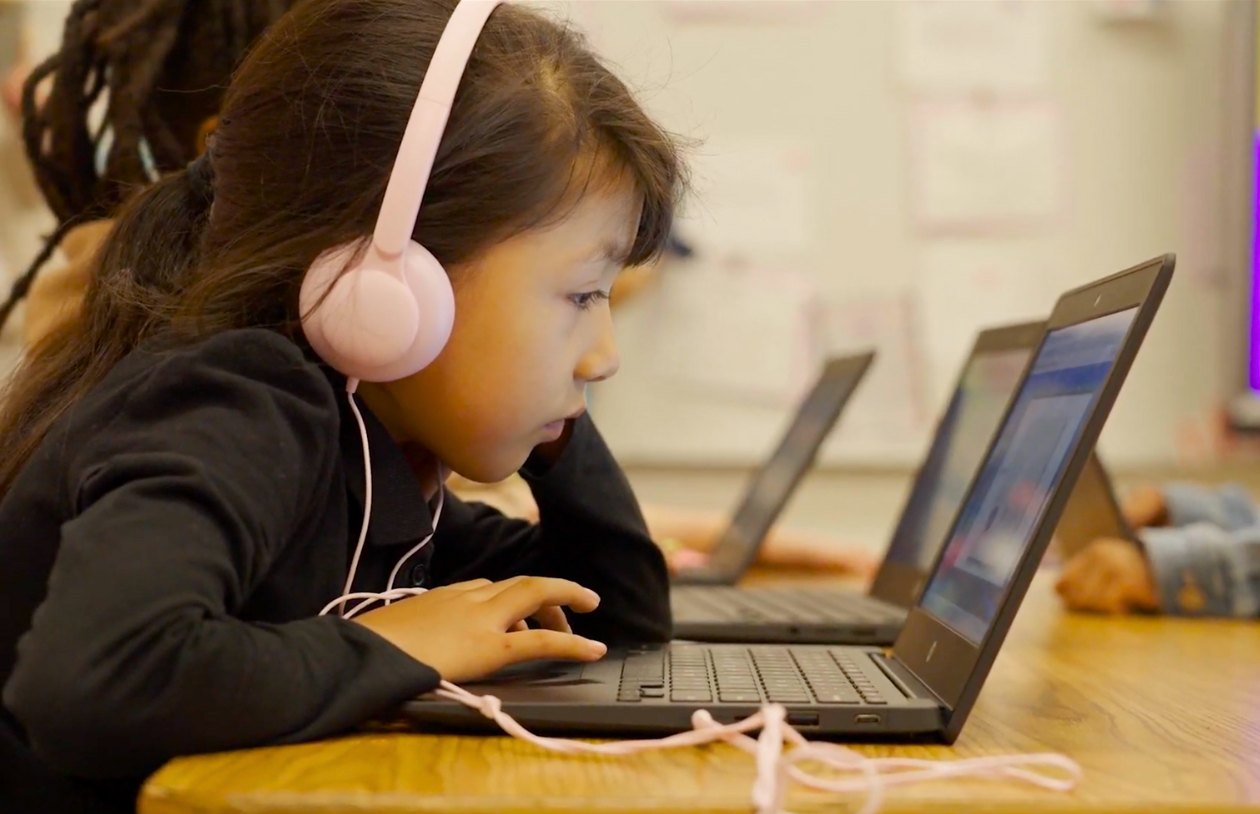Strategies for Supporting Teacher Well-Being

Get 4 Steps to Support Teacher Well-Being
The last 20 months have been stressful for almost every single profession, especially for those in education. Between having to transform themselves into online educators, learning new programs, and teaching students and their families how to transition as well, “overwhelmed” barely covers it.
Teachers’ well-being has suffered during this time, and educational leaders are very concerned about their social-emotional health. In fact, a survey shows that administrators agree that teacher morale is now lower than ever before.
When teachers and students returned to the classroom, the challenges continued. Let’s not forget to mention the ever-growing learning gap that is on all of our minds. In a survey by the research organization RAND Corporation, 1 out of 4 teachers considered leaving the profession after the 2020-2021 school year.
Not only are you focused on supporting students who are significantly behind academically, you are also looking at how to best support teachers’ well-being. Check out four ways district administrators can do just that.
4 Strategies for Supporting Teachers
Give teachers a voice. With mandates changing monthly and safety guidelines seeming to change daily, teachers are assigned new interventions and programs added to their professional development, and many feel as though they do not have a voice.
Finding ways to listen to and empathize with teachers in your district is vital. Teachers need to feel heard, especially when they may feel they have no control over what is happening in or out of their classroom. You can accomplish this through one-on-one check-ins or meetings with grade-level small groups. Taking a little time to listen to the challenges and celebrate successes teachers are seeing in their schools can go a long way.
Build strong relationships. More than anything right now, administrators need to work on building positive and supportive relationships with their district’s educators. Taking time to get to know teachers and their strengths — both professionally and personally — and finding ways to encourage them not only builds positive relationships but boosts confidence among staff. This positively impacts each school in your district.
Author and educator Roland S. Barth said, “If the relationships between administrators and teachers are trusting, generous, helpful, and cooperative, then the relationships between teachers and students, between students and students, and between teachers and parents are likely to be trusting, generous, helpful, and cooperative.”
Promote campus culture that is supportive and positive. Administrators can promote a supportive and positive culture by modeling this behavior and focusing on the strengths of staff and students rather than negatives when challenges arise. Another way to build this type of culture is by implementing clear, consistent communication. When administrators communicate with teachers, faculty, and other staff, they feel respected and valuable as a team member.
Bolstering educator spirit is integral for students to follow their lead. Ultimately, keeping your teachers healthy and happy is key in maintaining student engagement and motivation. Check out our 3 steps to implementing teacher morale boosters.
Support teachers with relevant professional development. Ask teachers what they need so you can support them with the best tools to help their students succeed. Teachers are bombarded with many different professional development programs which, although well-intentioned, may simply waste time.
According to Education Next, $18 billion per year is spent on teachers’ professional development, and more often than not, teachers do not get to choose their programs. It’s important to go above and beyond with professional development. Listen to an upcoming webinar that will help you take your staff from “experienced users” to “expert educators.”
Administrators can use these strategies to support teachers’ well-being and create a positive and supportive environment. Despite the challenges brought on by teaching in a pandemic, teachers can feel heard and valued.
Download the Istation playbook “Outlook 2022: Motivation & Engagement” to discover how to turn things around for students and teachers.
Read more from the AI & The Reading Brain Blog


.avif)
